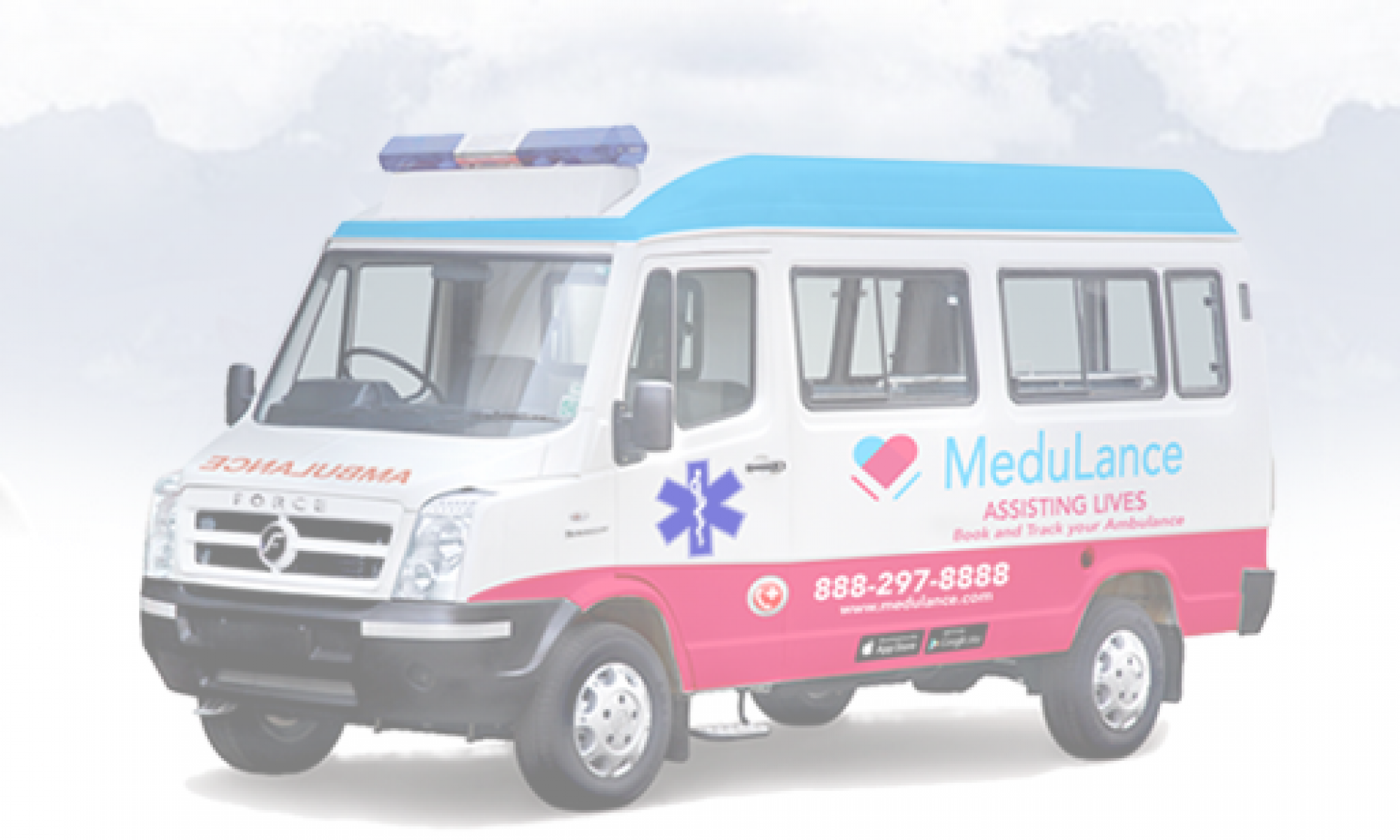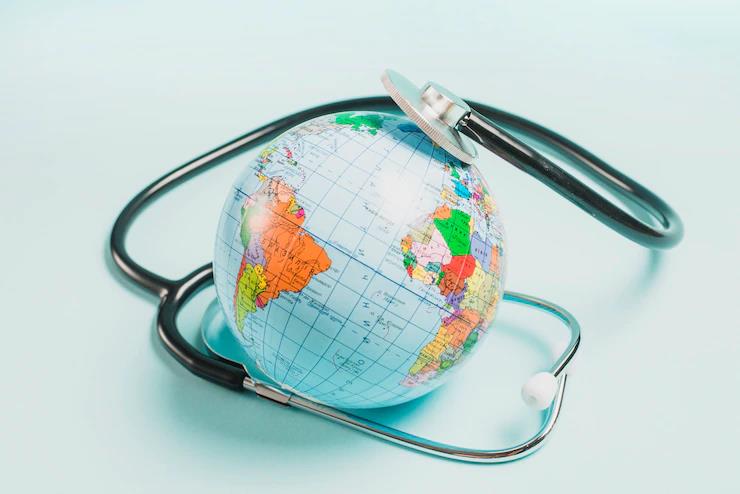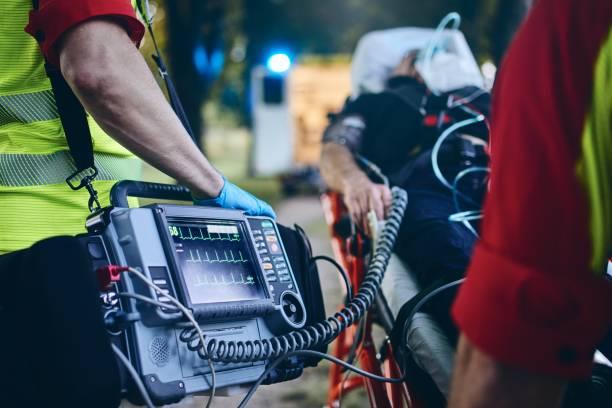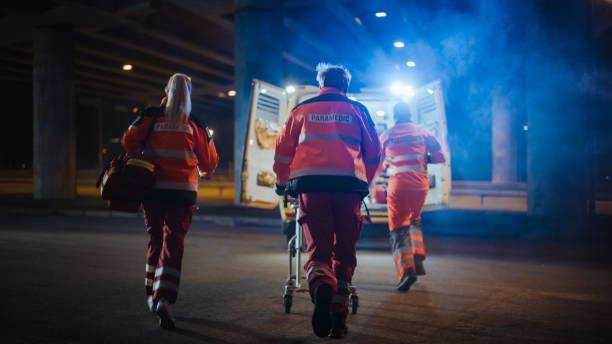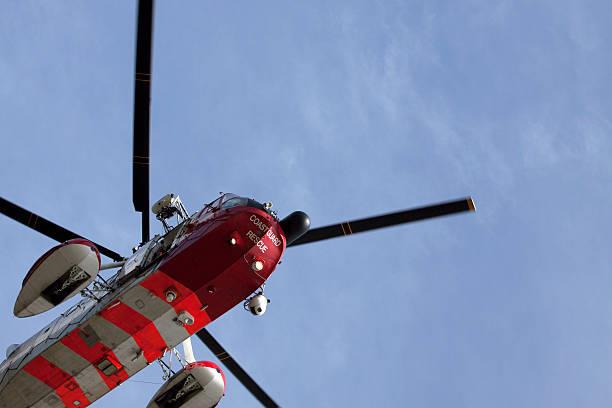The Indian healthcare market is rising with technological advancements, demanding more quality healthcare and thus opening up an avenue for tech companies and startups to fulfill the astounding demand.
As per the reports of the India Brand Equity Foundation (IBEF), the Indian healthcare sector is advancing at a CAGR of 17 percent. While the industry is touted as one of the fastest-growing ones, it is expected to reach US$ 250 BN from 2008–to 20.
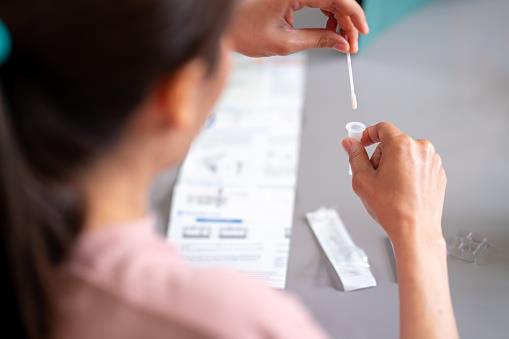
While the internet is also penetrating at a rapid pace, the startup ecosystem is not leaving any stone unturned to disrupt the healthcare sector with its inputs and innovation.
Here are some of the health-tech startups that are trying to make a difference in redefining the Indian healthcare system and bridging the gap between the patients, doctors, and other healthcare service providers:
Mobile-based health emergency services by Medulance:
Growing road mishaps, multiple emergency situations, and calamities – both natural and man-made had given the rising demand for emergency services in India such as ambulance services, emergency trained medical technicians, first responders, and so on. With robust mobile technology infrastructure and nationwide coverage of the 4G network helped Medulance to evolve as an app-based emergency service provider.
Medulance aims to reach out to the patients and needy at the emergency spot with the help of a request via their app. One only needs to book an ambulance online with Medulance app and their team of medical experts will reach the emergency scene at the earliest.
Stack up your medical records with DocTalk:
DocTalk, a cloud-based platform, allows its users to save all their medical records on the cloud safely. Using this AI-based, on-demand virtual assistant app, patients can access their medical files on the go, interact with doctors, update their medical history and also get prescriptions online from the doctors.

Healthcare industry’s one-stop-shop – Practo
Started in 2007 as a SaaS platform, this Bengaluru-based startup is disrupting the Indian healthcare industry at its best. From online appointments, reaching out to nearby and available doctors, and ordering medicines online, Practo has evolved into a one-stop shop in 10 long years. The health tech is currently active in almost 40 Indian cities.
Doctors and medical practitioners at the patient’s doorstep – Portea
Portea, another Bengaluru-based start-up is offering doorstep services for patients who are staying at remote locations or those who can’t travel to hospitals in quick time. The users can have home visits with doctors, nurses, physiotherapists, and technicians. Using remote diagnostics, point-of-care devices, and other monitoring equipment; doctors and medical professionals can diagnose and prescribe medications to patients remotely.
Smart medical reports with LiveHealth:
LiveHealth is yet another startup that works as a Management Information System (MIS) for healthcare providers. From collecting samples, managing patient records, and diagnosing them to generating reports and invoices, the startup attempts to make healthcare processing smarter and more efficient. With its AI integrated system, it also assists doctors with better diagnosis and decision making.
While the Indian startup ecosystem is leading from the front for the progress of the Indian healthcare segment, we can expect much larger trends to emerge in healthcare and emergency services in the near future.
